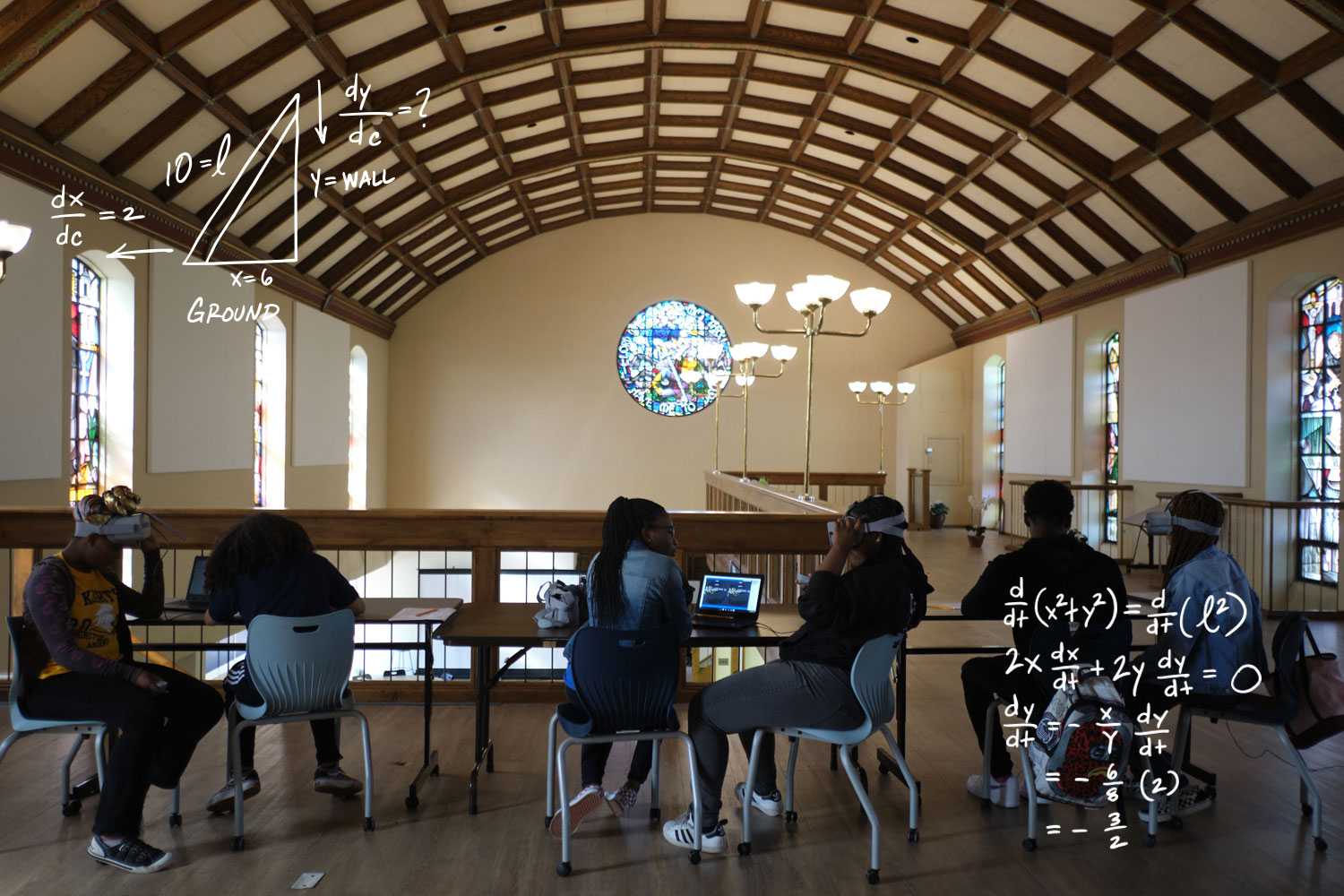1. Financial accountability is key to both immediate and long-term success.

A school can’t serve its students if its finances aren’t clear, clean, and sound.
Fact:
Most states use a “foundation formula” to provide districts with a base amount of funding per student, with additional money added to meet the needs of high-need students.
Source: Education Commission of the States
A public high school is entrusted with millions of dollars of public investment to support the education of its students. In most states, a large portion of the budget comes from the state government through per-pupil allocations, which are based on student enrollment and vary by state and locality. Each state has its own formula for determining the baseline funding amount for students, and local districts can supplement that base amount.
Additional public funds are available, too, from federal, state, and local sources. On average, less than 10% of a school’s funding comes from federal sources, but those dollars may be particularly important: federal funding supports special education, school meals, and—through the federal Title I program—additional supports for highest needs schools. States and localities may have similar programs that supplement funding over and above the state minimum per pupil amount.
Each funding stream comes with stringent guidelines and constraints, but most allow for more flexibility than many people realize. Waivers from certain restrictions may also be available if a school has a strong rationale.
Financial oversight varies, depending on how a school is organized and governed:
- If a school is part of a district, its finances are overseen by the local school board and district staff.
- If a school is part of a charter management organization (CMO), its finances are overseen by the CMO management and board.
- If a school is an independent charter, its finances are overseen by the school’s board of directors.
Once a school has established a financial plan, it will need to manage its finances carefully—a responsibility that requires precision, capacity, and a commitment to accountability. Every school needs someone, usually the principal or assistant principal, who knows the budget inside out and can handle routine transactions that are part of running any school. (Some schools hire a CFO or other staff member to manage finances.) That person also needs to be familiar with public school finance regulations, reporting calendars, and auditing processes for their state and locality. These are available from each state’s department of education.
And it’s also important for others in the school—the leadership team, teachers, families, and even students—to have a working understanding of the overall budget so they can help set priorities and ask good questions about where money is allocated.
Dive Deep
![a hand placing a ball bearing on a track]() How School Funding Formulas Work
How School Funding Formulas WorkGet schooled on how state funding formulas work. This report from the Urban Institute outlines the most common formulas states use to allocate dollars to districts and schools.
Read![monitor showing code]() Using Data and Resources Wisely
Using Data and Resources WiselyA brief from the National School Boards Association makes the connection between improving student achievement and wise allocation of resources.
Read![a teacher and students woorking]() Financial Roles and Capacity
Financial Roles and CapacityBoardOnTrack spells out the purpose and responsibilities of the finance committee of a charter school board.
Read![a pen and paper]() Budget Development Checklist
Budget Development ChecklistStrategic budgeting begins with principles such as transparency, stakeholder engagement, and analysis of ROI. This tool from Education Resource Strategies was designed for districts, but it’s great for schools, too.
Read
Analyze
To build an effective budget, start by exploring the financial landscape for high schools in your community.
Step 1 – Research
You can learn a lot by looking at the actual budgets of schools in your community, network, region, or state. Gather a few comparable school budgets and look at them closely. Talk to experienced people—including finance staff in your school district, charter network, or state department of education—about what you can expect, how much flexibility you’ll have, and what constraints you’ll need to work within.
If you’re redesigning an existing school, examine your current budget and ask questions about it, so you understand how much money is available and how it’s allocated. Reach out to other high schools that have made student-centered innovations to understand how they have financed those.
If you’re creating a new school, get in touch with people who are leading innovative schools in your community or state; ask to see their budgets and for any advice they might have. If your district or charter network uses a particular budget template, ask for it.
Step 2 – Reflect
Share your observations with your team and discuss these questions:
- Which school budgets did you explore? (Be sure to include your own, if you’re redesigning an existing school.) What are your overall observations? What practices seem promising? What constraints or problems do you see?
- Who did you talk with, and what advice did they have to offer? Did they recommend any further sources of information or expertise?
- What additional questions do you have? Who might you reach out to for more insights and information? What are your next steps?




